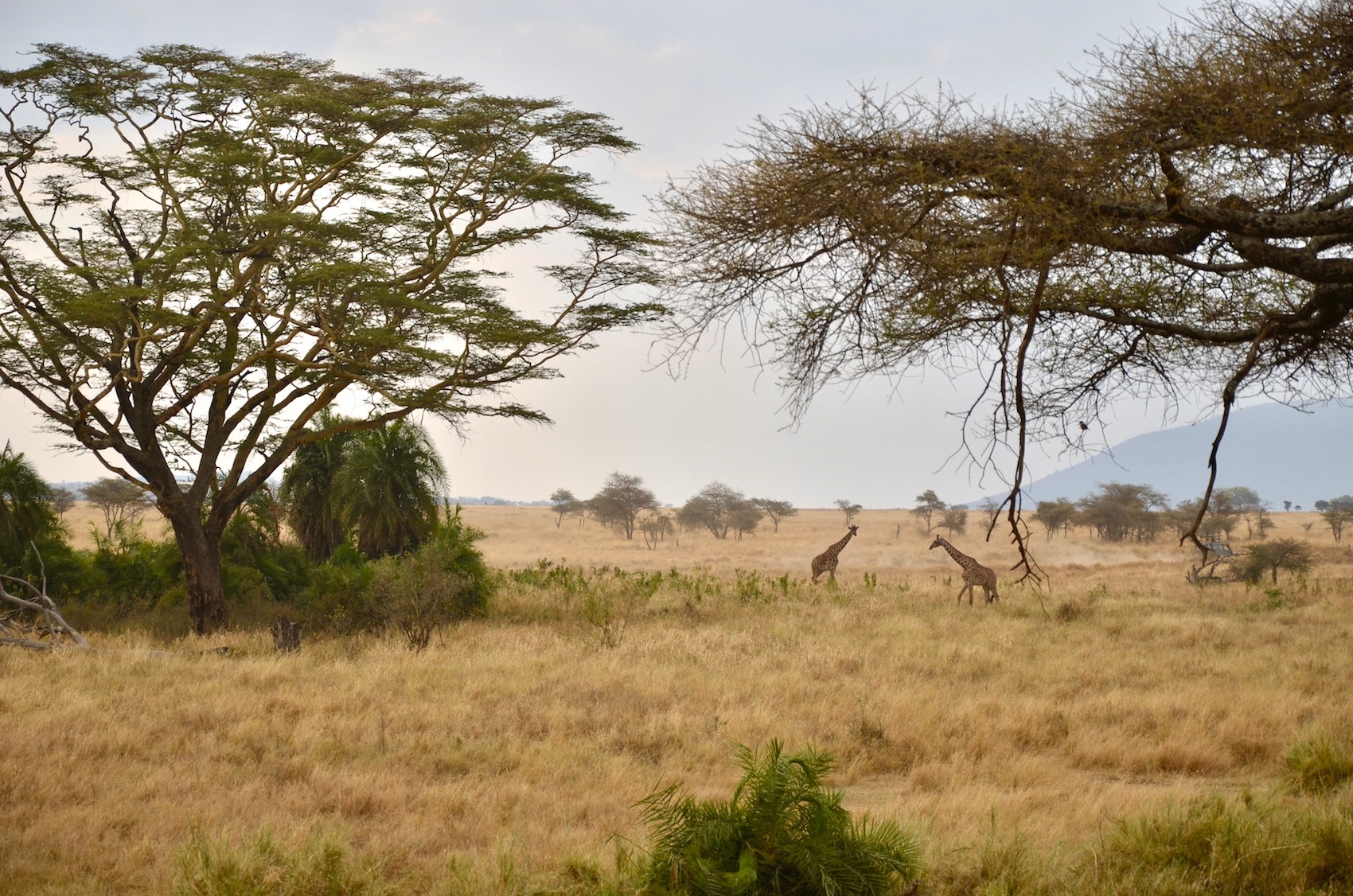Welcome to Facts Vibes! Get ready to dive into the fascinating world of maras. From their distinctive physical features to their unique social behaviors, we’ll uncover mara facts that will leave you amazed. Let’s explore the intriguing and sometimes surprising aspects of these captivating creatures.
The Fascinating World of Mara: A Closer Look at These Enigmatic Creatures
The Fascinating World of Mara: A Closer Look at These Enigmatic Creatures
Mara, also known as the Patagonian cavy, is a unique and intriguing animal that inhabits the grasslands of South America. These herbivorous rodents are known for their distinctive appearance and complex social behaviors. Their striking physical features and social dynamics make them a captivating subject for scientific study.
One of the most notable characteristics of the Mara is their strong resemblance to a small deer or rabbit, with a slender body, long legs, and large ears. Their sleek brown fur and agile movements allow them to navigate the open plains with ease. These physical attributes contribute to their enigmatic allure, drawing both researchers and nature enthusiasts to learn more about these elusive creatures.
In addition to their physicality, Maras exhibit fascinating social behaviors that have piqued the interest of scientists. They live in monogamous pairs and form strong familial bonds within their group. These tight-knit relationships are essential for their survival in the wild, as they rely on coordinated efforts to evade predators and raise their young. Understanding the intricacies of Mara social structures provides valuable insights into the dynamics of wildlife communities.
Furthermore, the ecological role of Maras within their habitat underscores their significance in the natural world. As herbivores, they play a crucial role in shaping the grassland ecosystem through grazing and seed dispersion. Their presence influences plant growth and the overall biodiversity of their environment, highlighting the interconnectedness of species within an ecosystem.
In conclusion, the world of Mara is a captivating realm filled with wonder and mystery. From their remarkable physical adaptations to their intricate social connections, these enigmatic creatures offer a window into the complexities of the natural world. By delving deeper into the lives of Maras, we gain a deeper appreciation for the diversity and resilience of life on our planet.
Most popular facts
The mara, or Patagonian cavy, is a large rodent native to Argentina.
The mara, or Patagonian cavy, is a large rodent native to Argentina.
They are monogamous animals and form lifelong pairs with their mates.
They are monogamous animals and form lifelong pairs with their mates.
Maras are social animals and live in groups called “harems.”
Maras are social animals and live in groups called “harems.”
These rodents are excellent jumpers and can reach speeds of 18 miles per hour when running.
The rodents referred to in the statement are excellent jumpers and can reach speeds of 18 miles per hour when running.
Maras communicate through vocalizations, body language, and scent marking using their specialized glands.
Maras communicate through vocalizations, body language, and scent marking using their specialized glands.
Their diet consists mainly of grasses, herbs, and other vegetation.
Their diet consists mainly of grasses, herbs, and other vegetation.
Female maras have a gestation period of around 70 days and give birth to one to three offspring at a time.
Female maras have a gestation period of around 70 days and give birth to one to three offspring at a time.
The babies, called “pups,” are precocial and able to run shortly after birth.
The babies, called “pups,” are precocial and able to run shortly after birth.
Maras are known for their distinctive long ears and powerful hind legs.
Maras are known for their distinctive long ears and powerful hind legs.
They are commonly found in the grasslands and scrublands of Argentina, where they dig burrows for shelter.
Armadillos are commonly found in the grasslands and scrublands of Argentina, where they dig burrows for shelter.
In the wild, maras face threats from habitat loss and hunting.
In the wild, maras face threats from habitat loss and hunting.
The International Union for Conservation of Nature (IUCN) classifies maras as near threatened due to population declines.
The International Union for Conservation of Nature (IUCN) classifies maras as near threatened due to population declines.
Maras are important prey for natural predators such as foxes, birds of prey, and wild cats.
Maras are important prey for natural predators such as foxes, birds of prey, and wild cats.
They play a crucial role in shaping vegetation patterns through their grazing habits.
Herbivores play a crucial role in shaping vegetation patterns through their grazing habits.
Efforts to conserve mara populations include habitat protection and captive breeding programs.
Efforts to conserve mara populations include habitat protection and captive breeding programs.
In conclusion, the mara is a fascinating animal with an important role in the ecosystem. Understanding the facts about these creatures can help us better appreciate and protect them in their natural habitats.
